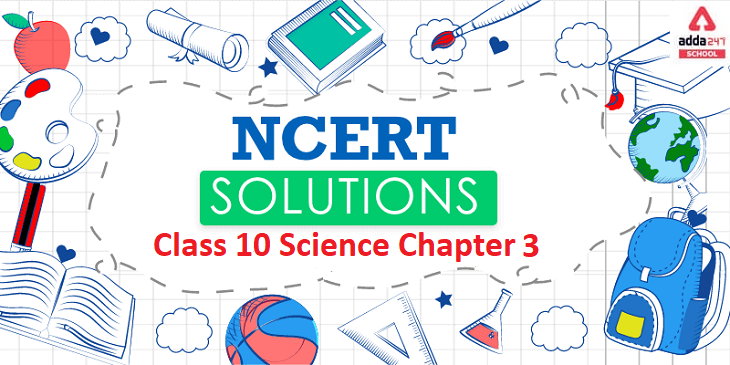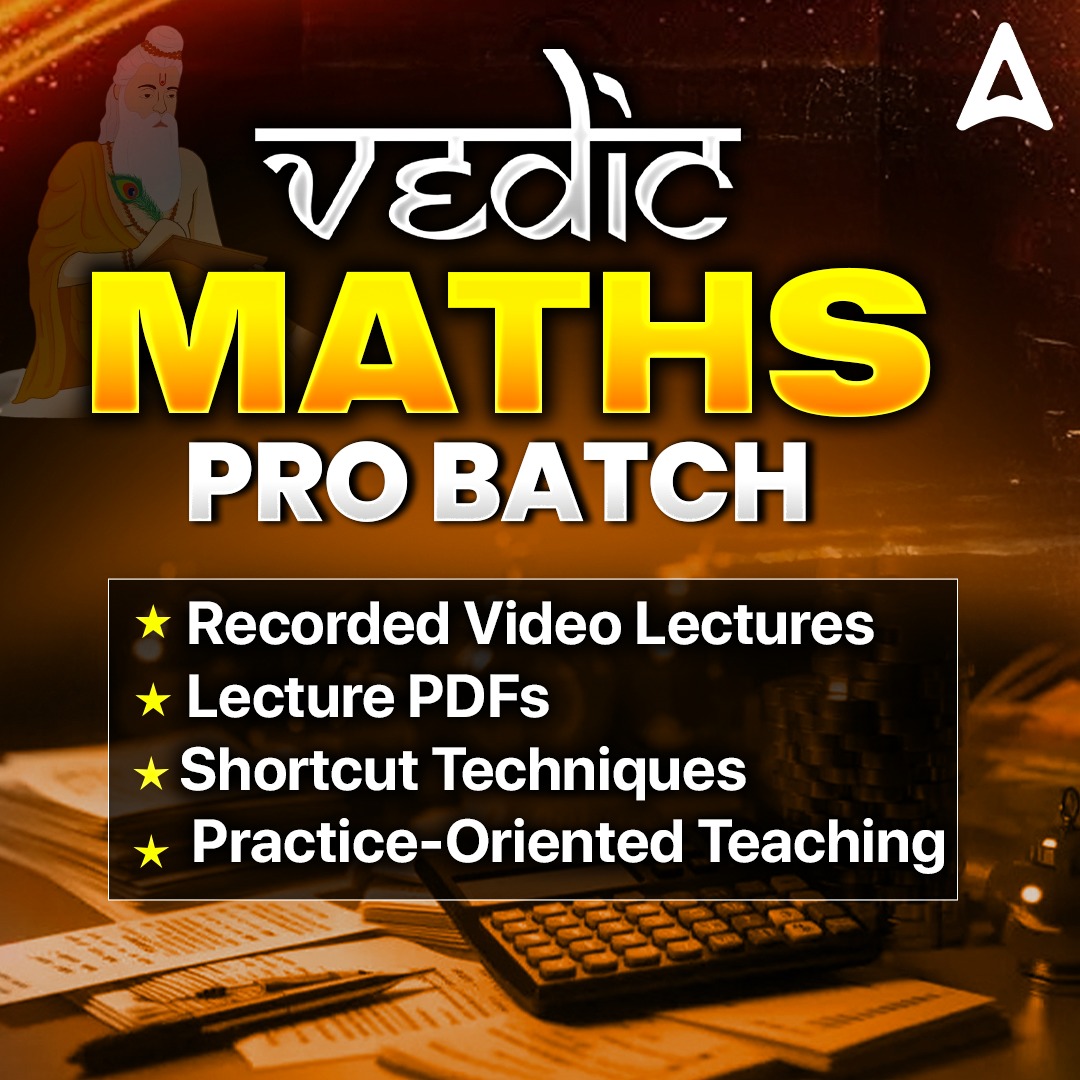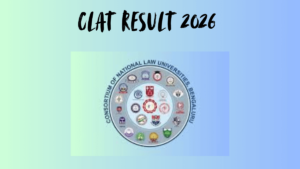NCERT Solutions Class 10 Science Chapter 3: Metals and Non-metals
Adda247 provides NCERT Solutions for class 10 Science. The NCERT Solutions for Class 10 Science Chapter 3 provided here will enhance the concepts of the students, as well as suggest alternative methods to solve particular problems to the teachers.
Chemistry is much more than the language of Science. We aim to aid the students with answering the questions correctly using logical approach and methodology. The NCERT Solutions provide ample material to enable students to form a good base with the fundamentals of the subject.
Class 10 board examination is the most crucial exam in every students’ life. Their future studies and career depend on the mark secured in the board exams. Every student works hard to score well in class 10 CBSE examinations. Science among all the subjects of class 10 has a vital role in every student’s career. Science teaches us how the world and our environment is made. The students can secure better marks in the science subject if they want to become a doctor or an engineer in future. It is important that they should prepare and study hard for this subject so they don’t lose marks.
For the students in Class 10 Science is a great book to refer to. The Class 10 Science Solutions are available chapter-wise at Adda247 and can prove to be very useful for the students. Whether you are struggling to grasp the concepts of various topics in the chapters or willing to push yourself to score better in the exams, NCERT Solutions for Class 10 Science PDF is the answer for you. These solutions are provided in an easy-to-understand language and will promote self-learning among students. The CBSE Class 10 Science Solutions, available for all the chapters, encourage a spirit of learning among students. Can learn all the chapters by following the NCERT Science Class 10 Solutions without even having to step out of their homes.
Read: NCERT Solutions Class 10 Science Chapter 1
Read: NCERT Solutions Class 10 Science Chapter 2
NCERT Solutions for Class 10 Science Chapter 3 Pdf Download
Adda247 provides the downloadable PDF of NCERT Solutions for Class 10 Science absolutely free of cost. All you need to do is register on the site and download the file. At Adda247, these solutions are designed by subject matter experts who have immense knowledge and experience. These are designed as per the latest NCERT guidelines and exam pattern to make it a reliable material for exam preparation.
CLICK Here! To Download Full NCERT Solutions Class 10 Science Chapter 3 PDF
While solving the textbook questions, students often find doubts and get confused. The NCERT Solutions for Class 10 come in handy at such times, as they include precise explanations and detailed answers to those questions. These CBSE Class 10 Science NCERT Solutions cover solutions to all the important chapters included in the textbook-like Matter, Atom, tissues, Living Organisms, Motion, Force, Law of Motion, Gravitation, Energy and work, Sound, Natural Resources, etc.
Along with answers to the textbook questions, these solutions provide you extra questions, exemplar problems, their solutions as well as tips and tricks.
Benefits of NCERT Solutions Science Class 10 Chapter 3
The benefits of Class 10 Science solutions are endless and will clear doubts for every candidate, as all prospective questions on these topics are answered here.
- NCERT Solutions for Class 10th Science provides a clear insight into combustion and flame.
- The solutions are given into simple language and can be understood by all students.
- The solutions are given by experts.
- All the topics that can appear in the exams are covered thoroughly in these solutions for the students to gain more marks in the examination.
Class 10 Science NCERT Solutions Chapter 3 Metals and Non-metals
Metals are solids at room temperature. Except for mercury which is a liquid metal. Non-metals may be solid, liquid or gases at the room temperature. Metals are strong and tough.
Difference between Metals and Non-Metals
| Metals | Non-Metals |
| Metals tend to exist in a solid state at room temperature. (Except Mercury) | Non-metals can exist as either solid or gas. (Except Bromine) |
| Metals are good conductors of heat and electricity | Non-metals are bad conductors of electricity (Except graphite) and heat. |
Copper is used for making electrical wires, cooking utensils, etc. Zinc is mainly used as a protective coating for iron. Aluminium is used for making electrical cables, packaging, cooking utensils, etc. Non-metals Hydrogen is used for the synthesis of ammonia and methyl alcohol, in welding torches, etc.
Hydrogen, hydrogen, chlorine, fluorine, carbon, nitrogen, arsenic, phosphorus, selenium are examples of non-metal. For making electrical wires, cooking utensils, etc., copper is used. As a protective coating for iron, zinc is primarily used. Aluminium is used to produce electrical cables, packaging, utensils for cooking, etc.
Non – metals like nitrogen is used in fertilizers. Graphite is used as a good conductor of electricity. Potassium is used in fertilizers. Nitrogen is used by plants.
Chlorine is used in bleaching powder and liquid bleach, which are used for cleaning purposes. Chlorine is also very efficient disinfectant, hence added in public water to kill disease causing pathogens. Noble gases such as neon, argon, crypton are used in different types of lights.
There is a certain group of materials that conduct heat easily, they can carry electricity and are usually heavy and hard, they are not easily broken into pieces. This group of materials are called metals. There is another group that is just the direct opposite of metals and they are called Non-metals.
Uses of non-metals
1] Oxygen is used for breathing.
2] Chlorine is used for purifying water.
3] Phosphorous is used in crackers.
4] Non – metals like nitrogen is used in fertilizers.
So, if we include the non-metals group, halogens, and noble gases, all of the elements that are non-metals are:
Hydrogen (sometimes)
Carbon.
Nitrogen.
Oxygen.
Phosphorus.
Sulphur.
Selenium.
Fluorine.
Oxygen, carbon, sulphur and chlorine are examples of non-metal elements. Non-metals have properties in common. They are: poor conductors of heat and electricity (they are insulators)
People first began making things from metal over 9000 years ago, when they discovered how to get copper from its ore. They then learned how to make a harder alloy, bronze, by adding tin to the copper. About 3000 years ago, they discovered iron. For jewellery and ornaments, gold, platinum and silver are being used. For building purposes, iron and steel can be used. Iron and aluminium are used as utensils. The thermometer uses mercury and helps to monitor the temperature.
The second example of metals used in our daily life is electro technical materials. Metals are used both as good conductors of electricity (copper, aluminium) and as materials with increased resistance and electric heating elements. … Even the regular hammer and nails are metal tools.
Diamond is not considered as a non-metal in the exceptional category as diamond is a form of carbon. It is not classified as an element. … It is an allotrope of carbon.
Metals are generally hard, opaque, and shiny materials that exhibit good electrical and thermal conductivity. Although approximately 91 of the 118 elements of the periodic table are metals, they can be either elements, compounds, or alloys.
Metals are good conductors of heat and electricity while non-metals are not. Mercury is the only metal that doesn’t conduct electricity and graphite is the only non-metal which conduct electricity. Metals have the valance electrons of either 1, 2 or 3, while non-metals have more than 3.
Use of metals:
To make cooking wares.
In making electric appliances, electric wires, fridge etc.
Sheets of aluminium and iron for buildings materials.
In manufacturing jewellery from gold, silver, coins and from copper, aluminium etc.
Not only does your body need metals such as zinc and copper to function properly, but without metals your computers wouldn’t exist. … The earth itself has many elements, with about 80% of them being metals. Infinitely recyclable, metals are used in all sorts of objects and products, from cosmetics to batteries.
Instead, many essential metals are needed to activate enzymes — molecules with important jobs in the body. And metals have many other essential roles as well. … It also helps to regulate blood pressure and blood sugar and enables muscles to contract, nerves to send messages, blood to clot, and enzymes to work.
NCERT Solutions for Class 10 Science chapter 3
NCERT Solutions for class 10 science Chapter 3-Metals and Non-metals helps students in learning concepts given in the textbook in details. NCERT Solutions for Class 10 Science, provides answers to all the questions printed at the end of every chapter as well as the questions included within a chapter. These solutions are prepared by our subject experts who are highly experienced. The solutions created accurate and can be referred by the students to prepare for their CBSE Term I Science exam. The pictorial language is straightforward and easy to understand. The concepts are explained with steps, diagrams and tricks to remember chemical reactions and formulae.
Key features of NCERT Solutions for Class 10 Chapter 3: Metals and Non-metals
- These solutions will enables the students to have an overall idea of the topic.
- Every students prefers to revise all the chapters before any examination. These NCERT Solutions will help them to cover all the subtopics in minimal time.
- These NCERT Solutions will help students to understand and remember the concepts of large and confusing chapters.
- The downloaded version of NCERT Solutions for Class 10th Science allows the students to have access to it all time.
- The CBSE Class 10 Science solutions ensure high scores for all types of students.
- The NCERT Class 10 Science encourages students to perform several activities to understand the concepts better.












 CUET PG 2026 Registration Started at exa...
CUET PG 2026 Registration Started at exa...
 CLAT Result 2026 Release Date, How to Do...
CLAT Result 2026 Release Date, How to Do...
 SLAT Preparation 2026: Last Minute Tips ...
SLAT Preparation 2026: Last Minute Tips ...














